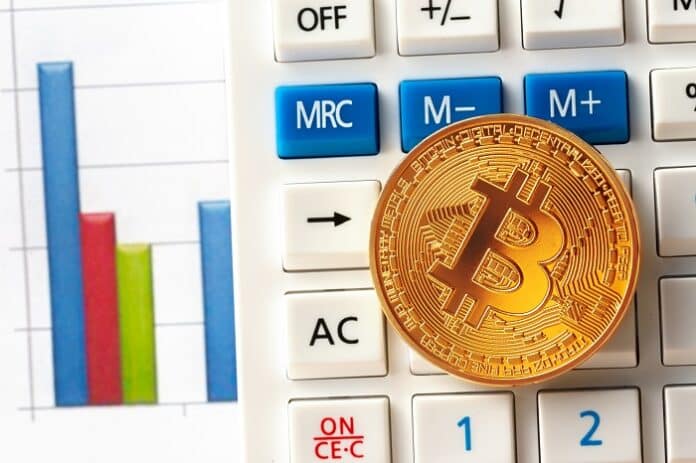As the world rapidly digitizes, cryptocurrencies like Bitcoin offer an alternative to traditional finance. But public blockchains also introduce new privacy risks, leaving wallet balances and transactions exposed. In response, Monero (XMR) has emerged as one of the most widely used privacy coins, obscuring sender, receiver, and amounts. Its promise of refuge under a veil of secrecy offers power to those who feel vulnerable or simply cherish control over their finances.
Launched in 2014 as an open-source project, Monero provides true transaction anonymity through innovations like ring signatures, stealth addresses, and confidential transactions. This enforced privacy by default helps inspire deep trust among those aiming to shield their crypto activity.
Beyond hiding transaction details, Monero also makes it extremely difficult to track funds back to an individual user or real-world identity. One-time stealth keys and uniform decoy signatures mix a user’s actual spend key among several, masking the originating key. Secure mixing services like remote nodes further obscure the path.
Together, these anonymity features have driven Monero to over $1 billion in cumulative transaction volume – no small feat for an ideology-driven privacy network once known mainly among tech enthusiasts.
In the ever-evolving landscape of digital finance, users are increasingly seeking ways to diversify their cryptocurrency portfolios while maintaining privacy. One notable avenue is the conversion from BTC to XMR, where Monero’s robust privacy features become paramount. This transition allows users to leverage Monero’s anonymity, ensuring a discreet financial footprint in an era where privacy is a precious commodity. The process involves utilizing Monero’s advanced privacy protocols, such as ring signatures and stealth addresses, to seamlessly convert Bitcoin to Monero without compromising confidentiality. As privacy concerns continue to shape the crypto landscape, this streamlined conversion process underscores Monero’s significance in providing not just privacy but also a user-friendly gateway for those navigating the complexities of digital asset management.
Mainstream Tailwinds for Financial Privacy
However, recent trends suggest that user-controlled anonymity provided by currencies like Monero may keep expanding worldwide. For example, financial oversight continues growing more strict as governments implement expansive regulations and crackdowns. This places privacy coins like Monero on a collision course with authorities.
But for individuals simply aiming to shield wealth and crypto activity from intrusion, such stricter control over traditional finances makes the freedom Monero offers more appealing. Whether facing corrupt regimes or simply cherishing civil liberties, users now have an escape hatch to take power over their financial autonomy.
These tailwinds help explain surging interest in privacy coins among mainstream audiences beyond just tech libertarians. Countries with stricter financial controls like China and India may drive further adoption of networks like Monero. And if chain analysis keeps improving, transparent cryptos will reveal more and more – making the case for untraceable alternatives stronger.
Overcoming Barriers to Mainstream Use
Of course, implementing total transaction privacy does not come without tradeoffs. Monero transactions require more complex proofs and calculations to verify securely. This translates to higher fees compared to transparent public blockchains.
Additionally, complete anonymity inevitably raises concerns about enabling money laundering or other nefarious activities without accountability. While this stigma is largely unfair – Monero’s encryption technology is ethically agnostic to how individuals leverage its financial privacy features – the network may still face regulatory barriers limiting mainstream integration.
Beyond policy hurdles, usability and convenience also remain key challenges. Right now, Monero is still far less user-friendly than leading cryptos like Bitcoin when it comes to applications for sending, storing, and managing funds. Abstraction layers that simplify privacy technology for everyday users remain rare.
Projects like MyMonero are working to improve convenience and mainstream accessibility. Simple, easy-to-use interfaces that abstract away blockchain complexities can make Monero’s powerful anonymity more approachable. This can in turn help sustain momentum beyond just an ideological user base.
The Path Toward Financial Liberation
In many ways, the quest for individual financial privacy parallels historic fights for liberation rights like free speech. For those who value personal autonomy and freedom from intrusion into their economic lives, Monero offers a powerful path forward that alignments with ideals foundational to free societies.
As digital finance keeps spreading and blockchain transparency reveals more, pockets of resistance have emerged. Secure encryption provides refuge for economic activities and a shield against overreach. Far beyond shady uses like money laundering, implementing “surveillance capitalism” can have chilling effects that erode civil rights.
Projects like Monero give users choice – allowing individuals to reveal only what they want while keeping other financial activities obscured. Though governments may push back against anonymity gains, history shows empowering people ultimately creates a more just world.
In this context, Monero represents a pioneering tool for achieving personal financial privacy in the 21st-century economy. For those who refuse to sacrifice control or transparency, it provides a working solution where few credible alternatives exist. As pressures mount, XMR may keep gaining adherents to its cause.
Image by fabrikasimf on Freepik





